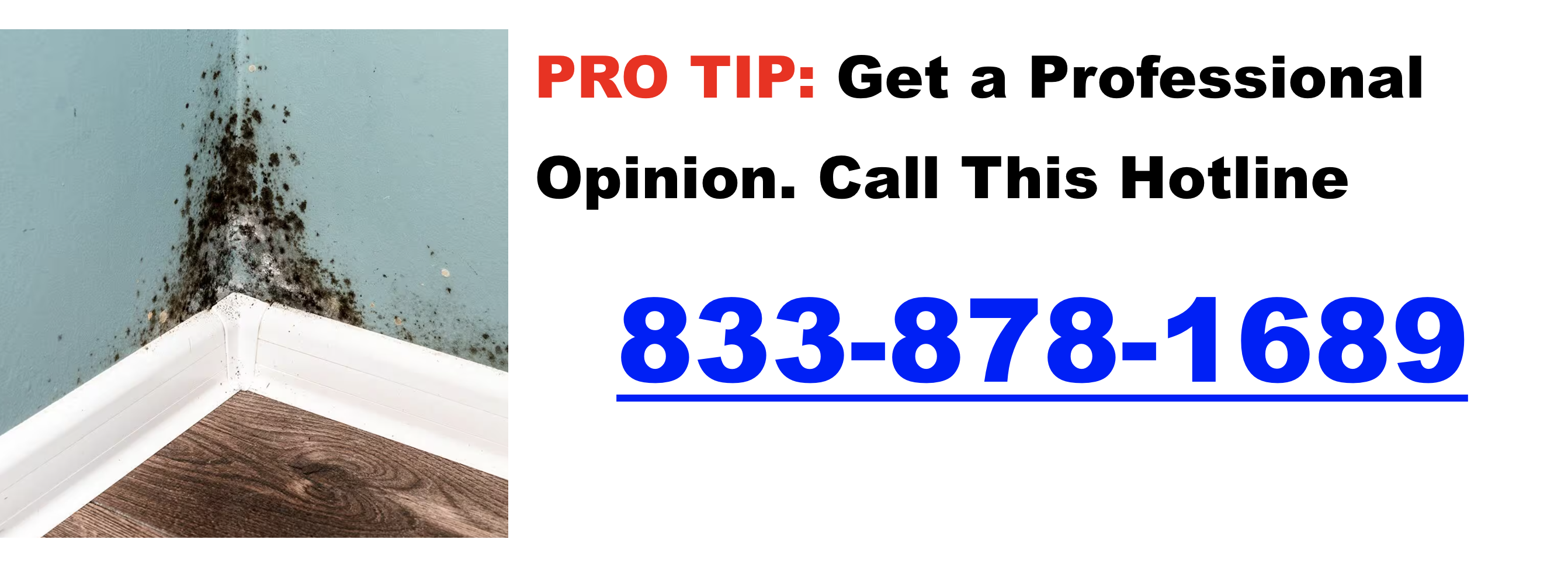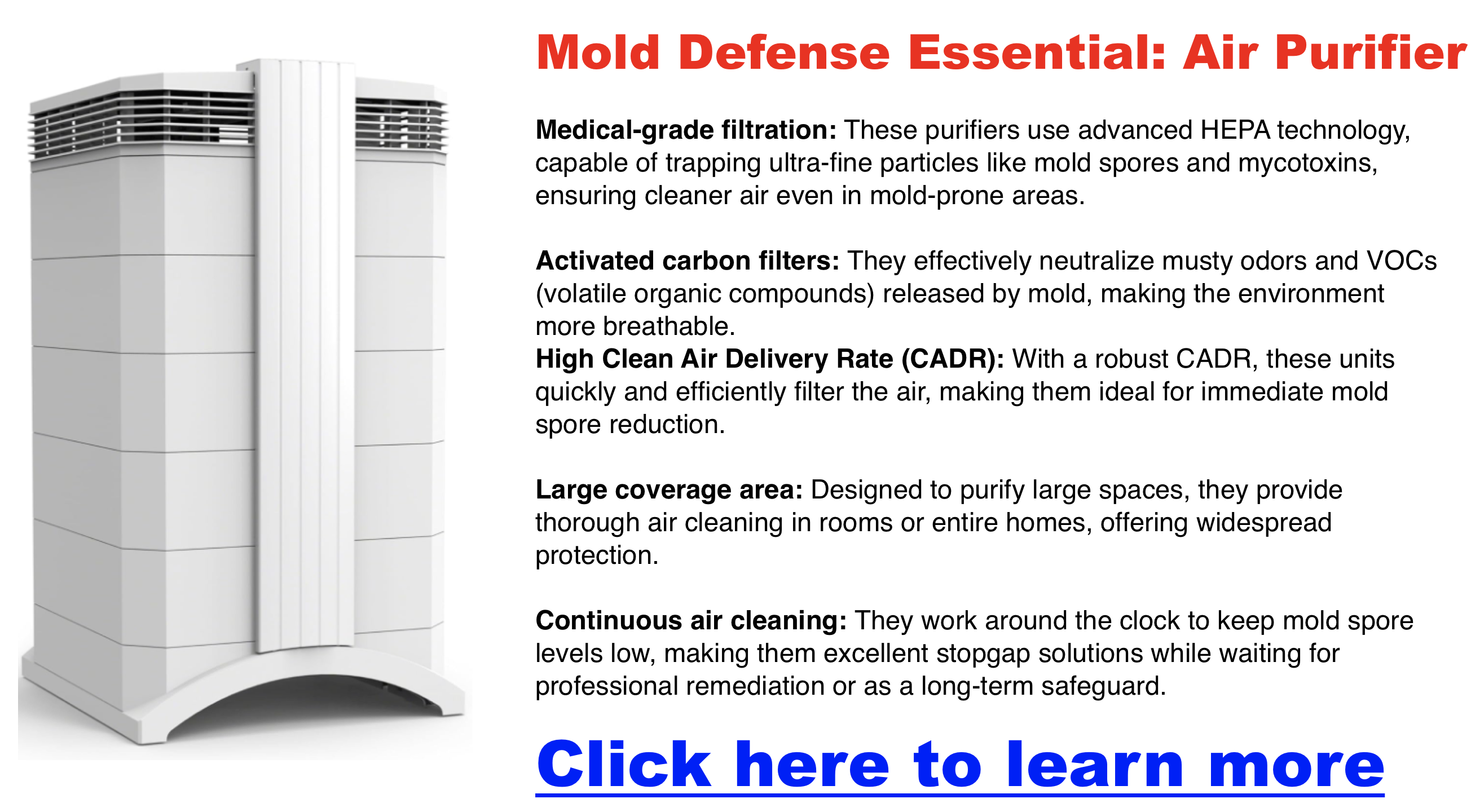Types of mold in a crawl space
Crawl spaces are perfect for breeding mold due to moisture buildup, poor ventilation, and limited sunlight. Left unchecked, mold growth can lead to severe health risks and property damage. In this guide, we’ll break down common types of mold found in crawl spaces, how to identify them, and what you can do to prevent and remediate mold problems in your home.
Why Does Mold Grow in Crawl Spaces?
Crawl spaces are prone to excess moisture from high humidity, leaking pipes, or poor drainage around the foundation. Mold growth can cause significant structural damage and pose a severe health risk, particularly for individuals with respiratory issues like asthma or allergies.
Types of Mold Found in Crawl Spaces
| Mold Type | Description | Photo |
|---|---|---|
| Stachybotrys (Black Mold) | Also known as “black mold,” this is one of the most dangerous molds. It is often black or dark green, slimy in appearance, and thrives in areas with constant moisture. |  |
| Aspergillus | A common mold with a green, white, or gray appearance. It grows on damp materials and can cause allergic reactions and respiratory issues. | 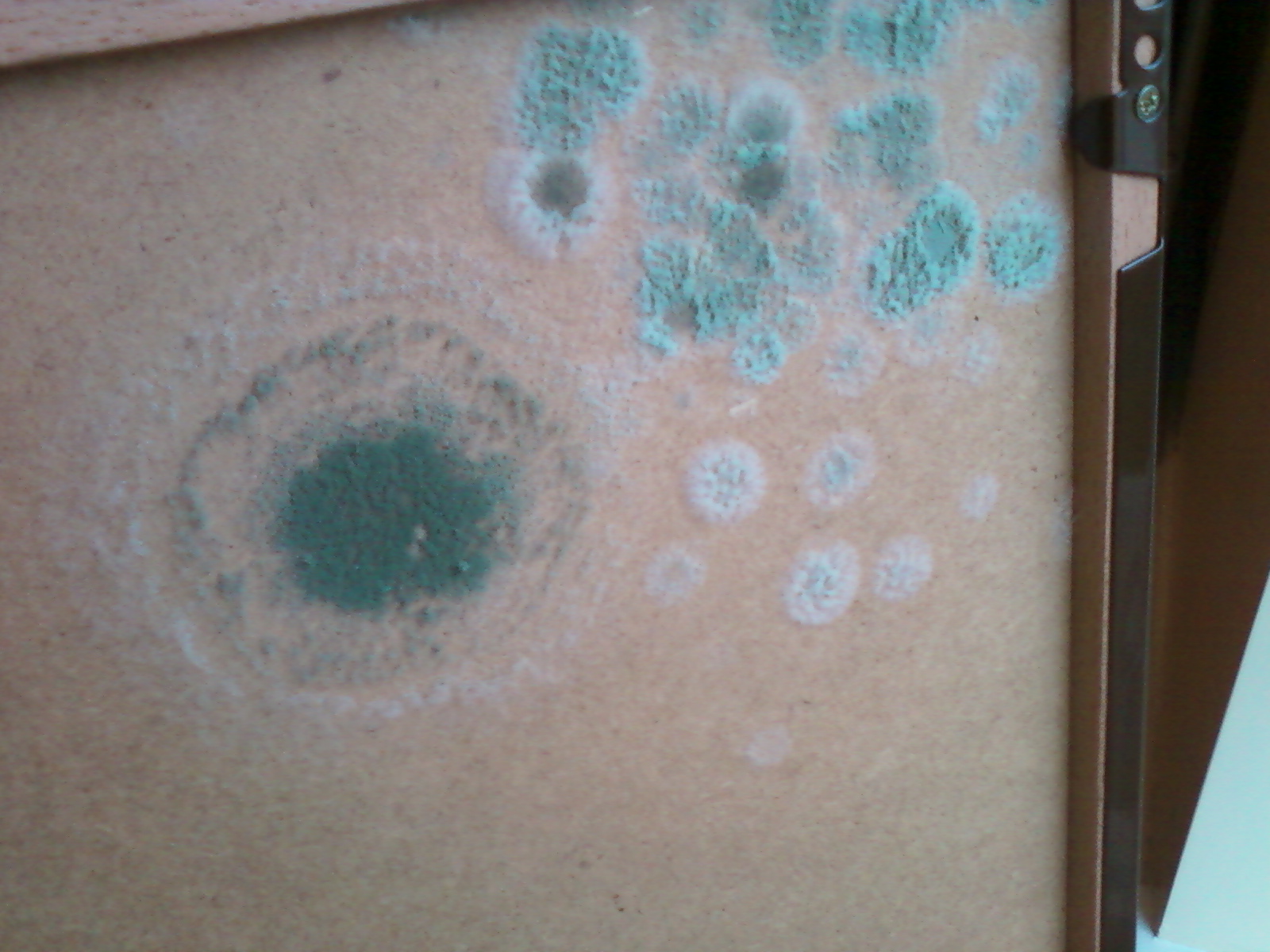 |
| Penicillium | Penicillium is blue-green or white in color and grows on materials like wood and insulation. It is known for causing allergic reactions. |  |
| Alternaria | Alternaria is black or gray and often grows in damp areas. It is a common allergenic mold that can exacerbate asthma. | 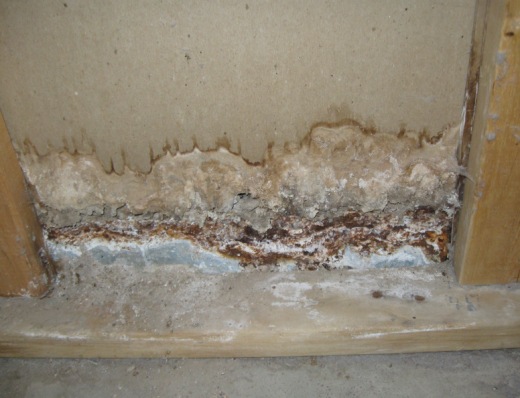 |
| Chaetomium | This mold appears greenish or brownish-gray and grows in areas with water damage. It can cause both allergenic and pathogenic reactions. | 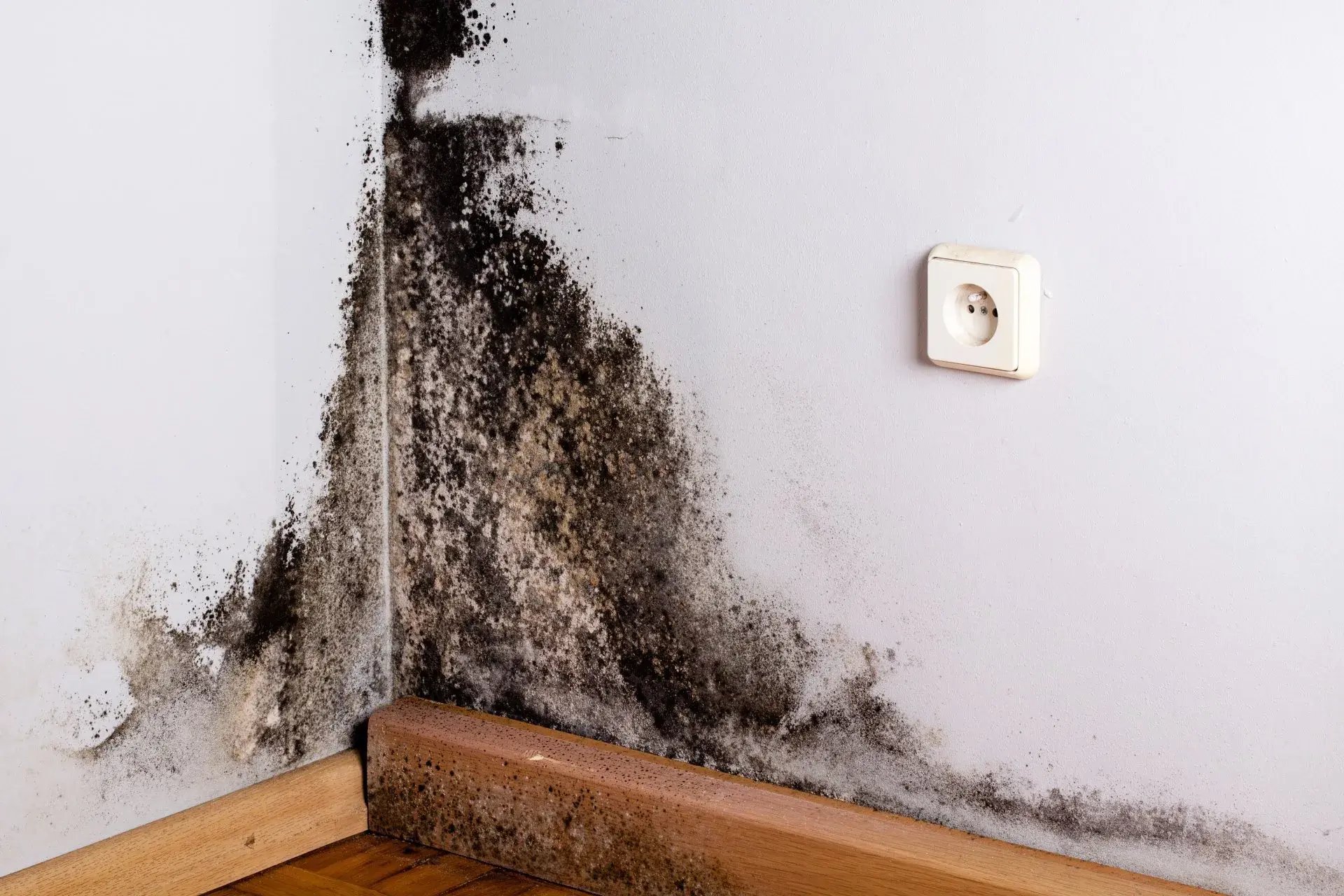 |
How to Identify Mold
When trying to identify mold in a crawl space, start with a visual inspection. Look for discolored spots on wooden beams, walls, or flooring. Mold often appears as fuzzy patches or slimy streaks and can vary in color from green and black to white and blue. Use a flashlight to inspect dark corners and hard-to-reach areas.
If you’re unsure whether a substance is mold, you can:
- Use a moisture meter to test for high moisture content in materials like wood or insulation.
- Conduct air sampling to detect elevated levels of mold spores.
- Consider hiring a professional for a thorough mold inspection and identification.
Health Risks of Crawl Space Mold
Mold in a crawl space isn’t just a structural concern; it poses serious health risks as well. Mold spores become airborne and enter the home, affecting indoor air quality. Some molds, like Stachybotrys (black mold), can cause severe respiratory problems, fatigue, headaches, and even cognitive issues. Even less harmful molds like Penicillium and Aspergillus can trigger allergic reactions, asthma, and other respiratory issues, especially in people with compromised immune systems.
How to Remove Mold from Crawl Spaces
If you’ve already found mold in your crawl space, here are some steps to safely remove it:
- Safety First: Wear protective gear, including an N-95 mask, gloves, and goggles, to avoid direct exposure to mold spores.
- Vacuum Visible Mold: Use a HEPA filter vacuum to remove visible mold from surfaces.
- Clean with a Mold Removal Solution: Use a cleaning solution of water and detergent, or a mold-specific cleaner, to scrub affected surfaces. For stubborn mold, consider using a bleach solution (be cautious when using bleach in confined spaces).
- Sanding: For wooden beams and surfaces, sand down the area to remove deeply embedded mold spores.
- Prevent Future Growth: After removing the mold, take the necessary steps to prevent future growth (e.g., install a vapor barrier, improve ventilation, and fix leaks).
Preventing Mold Growth in Crawl Spaces
The best way to deal with mold is to prevent its growth. Here are some effective strategies to keep mold from growing:
- Control Humidity: Keep the humidity level in your crawl space below 50%. Consider installing a dehumidifier if necessary.
- Fix Leaks: Address any plumbing leaks or standing water issues immediately.
- Improve Ventilation: Make sure there is air circulation in the crawl space to allow for adequate airflow, reducing the buildup of moisture.
- Install a Vapor Barrier: Vapor barriers can help control moisture levels by blocking ground moisture from seeping into your crawl space.
- Regular Inspections: Put eyes on your crawl spaces, particularly after heavy rainfall or during high-humidity seasons.
When to Call a Professional
In cases of extensive mold growth or if you’re dealing with toxic molds like Stachybotrys, it’s best to consult a professional mold specialist. They can identify the type of mold accurately, ensure complete removal, and address the underlying moisture issues to prevent recurrence.
Conclusion
Mold in a crawl space can pose serious health and structural risks, but by identifying the type of mold and taking preventive measures, you can protect your home and your health.
- Why Your Septic Tank Smells When It Rains (and What to Do About It)
- How to Handle Water-Damaged Wood in Your Home or Business
- How to Prevent and Remove Mold from Pillows: A Complete Guide
- Why Is My Carpet Always Wet? A Step-by-Step Guide to Identifying the Source of Moisture
- Signs of Septic System Failure and What It Means for Your Basement
